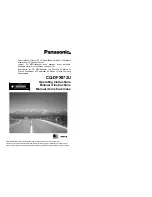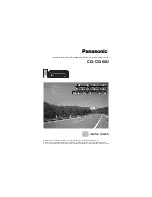
AD122-96 MKIII
Operations Manual
Noise-Shaping Curves
20.00
2.02k
4.02k
6.01k
8.01k
10.0k
12.0k
14.0k
16.0k
18.0k
20.0k
FREQ(Hz)
-160.0
-155.0
-150.0
-145.0
-140.0
-135.0
-130.0
-125.0
-120.0
-115.0
-110.0
-105.0
-100.0
-95.00
-90.00
-85.00
-80.00
AMP1(dBFS)
AUDIO PRECISION FFT
vs
26 JUN 94 14:42:15
NS4
NS3
NS2
FLAT
Fig. 11- 1kHz input signal -100 dB
Flat dither, with multiple noise-shapers shown
Figure 11 compares Flat dither
with NS2, NS3, and NS4 noise-
shaping curves. Note the
increasing aggressiveness of the
curves, with the pronounced dip
at 4kHz and in the 12kHz region.
These correspond to the most
sensitive areas of the ear to
noise.
Quantization noise is shifted
from these areas to high
frequencies, where the ear is
less sensitive.
Noise-shaping curves should be
selected based upon listening
tests of specific material to be
dithered.
20.00
2.02k
4.02k
6.01k
8.01k
10.0k
12.0k
14.0k
16.0k
18.0k
20.0k
FREQ(Hz)
-160.0
-155.0
-150.0
-145.0
-140.0
-135.0
-130.0
-125.0
-120.0
-115.0
-110.0
-105.0
-100.0
-95.00
-90.00
-85.00
-80.00
AMP1(dBFS)
AUDIO PRECISION FFT
vs
26 JUN 94 14:37:38
NS4
NS3
NS2
HPDF
Fig. 12- 1kHz input signal -100 dB
HPDF dither, with multiple noise-shapers shown
Figure 12 compares High Pass
dither with NS2, NS3, and NS4
noise-shaping curves. High
Pass dither gives more noise
shaping in the high-frequency
band, while slightly lowering low
frequency quantization.
Note: in Figures 11 and 12, NS1
curve has been omitted for
clarity. It lies below NS2.
16







































